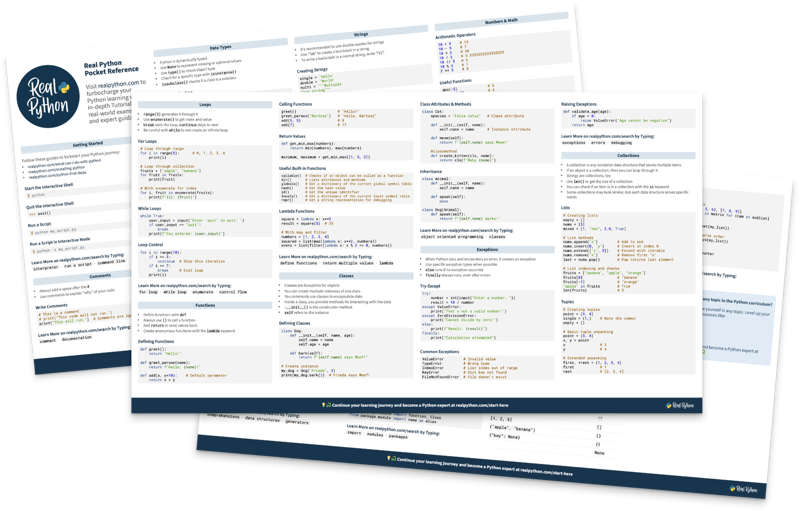Structural pattern matching is a powerful control flow construct invented decades ago that’s traditionally used by compiled languages, especially within the functional programming paradigm.
Most mainstream programming languages have since adopted some form of pattern matching, which offers concise and readable syntax while promoting a declarative code style. Although Python was late to join the party, it introduced structural pattern matching in the 3.10 release.
In this video course, you’ll:
- Master the syntax of the
matchstatement andcaseclauses - Explore various types of patterns supported by Python
- Learn about guards, unions, aliases, and name binding
- Extract values from deeply nested hierarchical data structures
- Customize pattern matching for user-defined classes
- Identify and avoid common pitfalls in Python’s pattern matching

